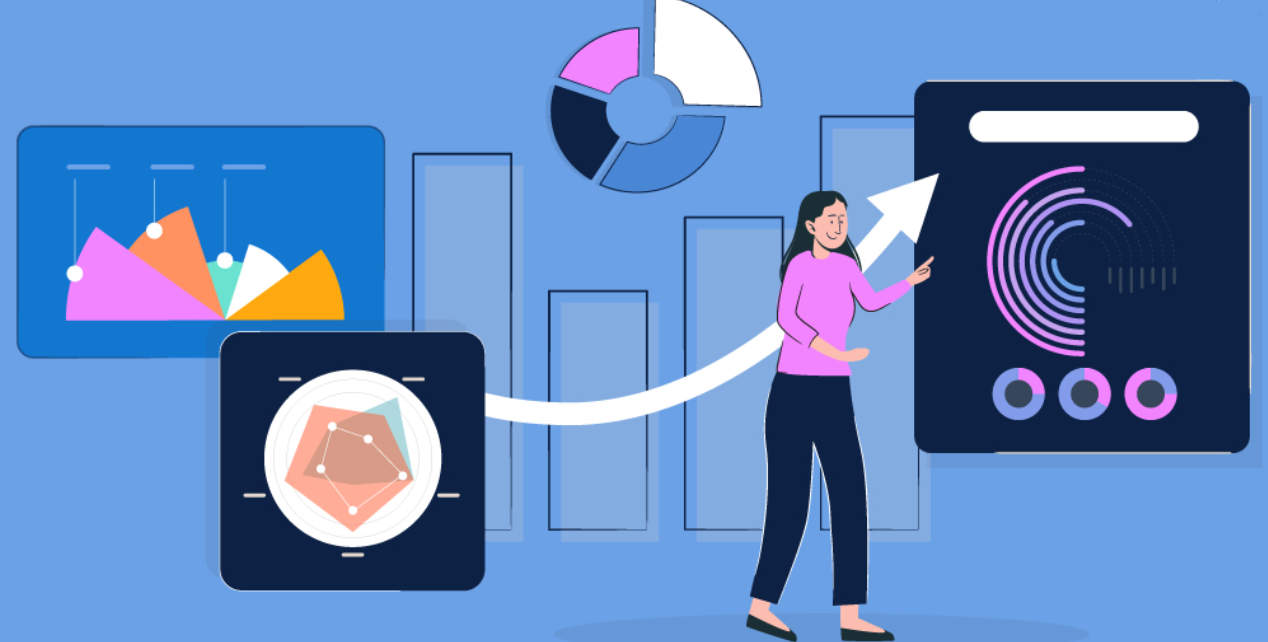In the fast-evolving landscape of data analytics, the ability to convey insights through effective data visualizations is a strategic imperative. Amidst the various considerations, the key to success lies in the meticulous understanding of your audience. In this article, we embark on a detailed exploration of the art of tailoring visuals for maximum impact by intimately understanding the unique characteristics, needs, and preferences of your audience.
1. Hierarchical Roles and Decision-Making Authority:
Identify the hierarchical structure within your audience. Understand who holds decision-making authority, who influences decisions, and who are the end-users. Tailor your visualizations to cater to the specific needs of decision-makers, providing strategic insights, while also ensuring clarity for end-users who may seek practical, actionable information.
2. Technical Proficiency and Data Literacy:
Conduct a thorough assessment of your audience's technical proficiency and data literacy. Some members may be proficient in advanced analytics, while others may have a more foundational understanding. Customize the technical complexity of your visualizations to accommodate this spectrum, ensuring that both novices and experts can extract value.
3. Industry-Specific Knowledge:
Explore the depth of industry-specific knowledge within your audience. This goes beyond merely recognizing the industry they operate in. Understand the nuances, trends, and emerging technologies relevant to their sector. Craft visualizations that incorporate industry-specific insights, demonstrating a keen awareness of the context in which your audience operates.
4. Time Constraints and Information Needs:
Recognize the time constraints your audience faces in their roles. Differentiate between those who require quick overviews due to time constraints and others who may delve deeper into comprehensive analyses. Tailor your visualizations to provide at-a-glance insights while allowing for further exploration for those seeking a more in-depth understanding.
5. Collaborative Dynamics:
Evaluate the collaborative dynamics within your audience. Determine whether they work in team-oriented environments, emphasizing the importance of collaborative features in your visualizations. Consider functionalities such as shared dashboards, real-time collaboration tools, and interactive elements that facilitate collective understanding and decision-making.
6. Regulatory and Compliance Knowledge:
Understand the regulatory landscape within which your audience operates. Some industries have stringent compliance requirements that impact decision-making. Ensure your visualizations align with these regulations, providing insights that not only inform but also adhere to legal and regulatory standards.
7. Organizational Goals and Key Performance Indicators (KPIs):
Align your visualizations with the broader organizational goals and KPIs. Understand what metrics are crucial for measuring success within the organization. Tailor your visualizations to highlight key performance indicators, showcasing how the presented data directly contributes to overarching strategic objectives.
8. Preferred Communication Channels:
Explore the preferred communication channels of your audience. Some may prefer in-depth reports, while others may favor concise visual summaries or interactive dashboards. Tailor the delivery format of your visualizations to align with these preferences, ensuring that your insights are conveyed in a manner that resonates with your audience.
By addressing these specific aspects of audience profiling, you can create data visualizations that are finely tuned to the unique characteristics, preferences, and challenges of your users. This level of specificity ensures that your visuals not only communicate information effectively but also enhance the overall user experience by catering to the intricate nuances of your audience's professional context.






